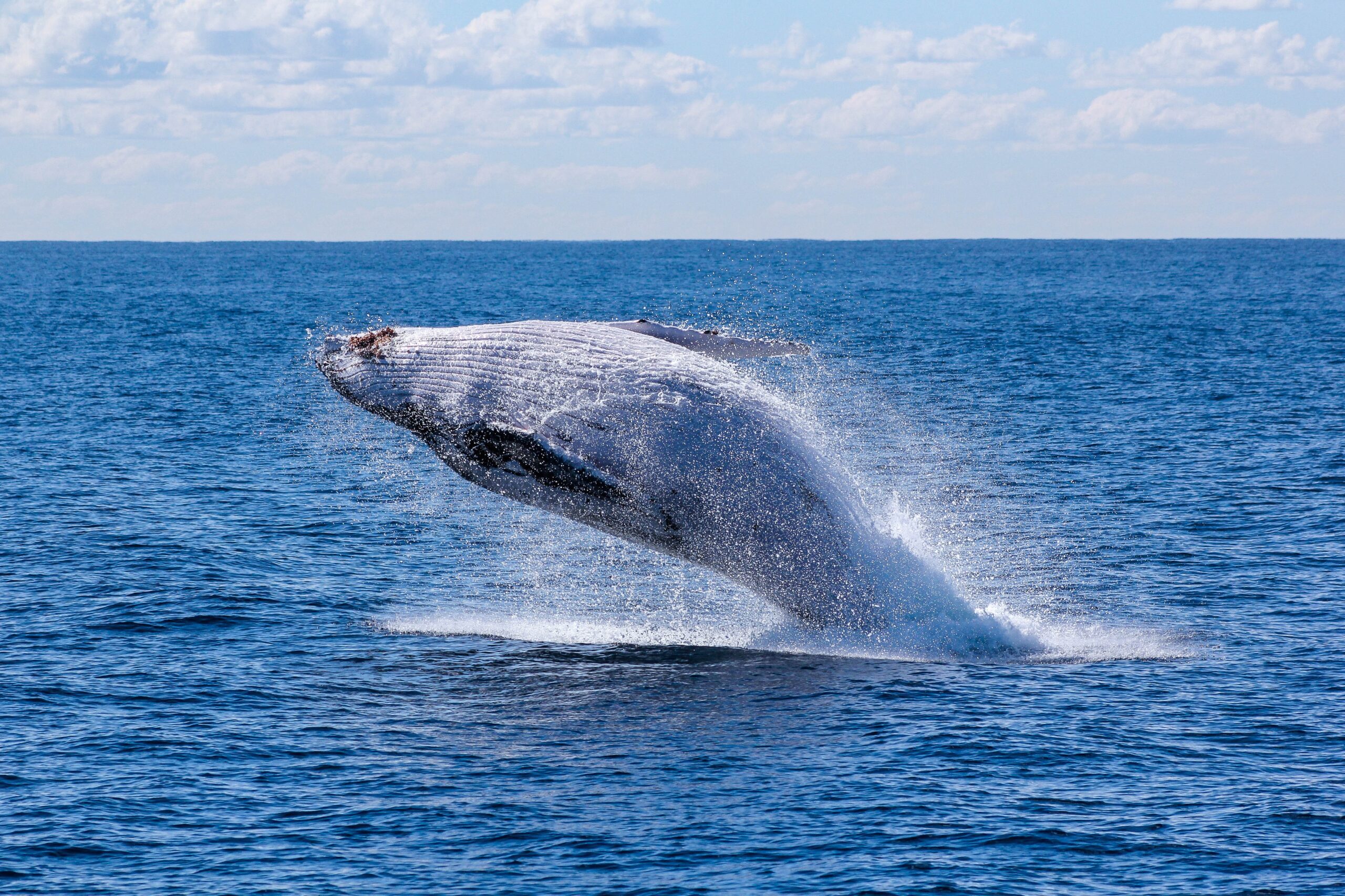Animal testing presents a problem relative to sustainability. Many of us quickly agree that testing anything on an animal is inherently wrong. After all, if we truly believed these creatures were guaranteed safety, we wouldn’t use anything other than consenting human beings. But the issue becomes a bit more complicated when the testing is for sustainability purposes.
It’s easier to get people on board with boycotting a popular cosmetics company for testing on rabbits. However, those same people might be more hesitant if it was to test sustainable alternatives to plastic packaging. Still, the prospect of aiding the common good often does little to ease the minds of climate-interested researchers who may see any form of animal testing as hypocritical.
This dilemma is common in the sustainable packaging field. Take marine ecosystems, where researchers are forced to move slowly due to a lack of ethical testing methods to determine whether an alternative packing material is safe for animals to consume. Funding is hard to come by without evidence of success. The unfortunate paradox is that this evidence is impossible to gather without initially exposing animals to the researched substance.
However, experts at the Seattle Aquarium recently developed an ethical workaround for testing the effect of alternative plastics on whale stomachs: they built one themselves.
The simulated stomach was developed in conjunction with an international sustainability contest involving single-use plastics. The Tom Ford Plastic Innovation Prize competition called on researchers worldwide to present their ideas for climate-conscious alternatives to plastic as a single-use material.
Following a series of tests in controlled spaces of Seattle’s Puget Sound, the entries spend time in the simulated whale’s stomach to determine the winner.
As host of the event, the Tom Ford fashion brand is putting up a purse of more than $1.2 million for the best alternative material. Extensive testing of each finalist means the competition will announce the winner in the spring of 2023.
Attempting to limit the buildup of ocean trash is among the nobler climate-related causes one can support today. Contestants are specifically looking for an alternative to thin plastics like grocery store produce bags. Around 10 million tons of plastic end up in the world’s oceans each year, a number not helped by the roughly 300 billion plastic bags that end up in the Atlantic alone.
Researchers hope that studies and competitions like Tom Ford’s can wake the public because the ocean plastic situation is reaching a tipping point. They point to the fact that a future where the oceans contain more accumulated trash than fish is possible if we continue to stand on the sidelines.
Eight finalists have been selected for consideration in 2023, hailing from the U.S., Canada, the U.K., Iceland, Kenya, and India.
Materials for testing varied, and contestants presented alternatives from sources like algae, seaweed, organic waste, and even peas.
After being tested in Puget Sound, the entries will be exposed to a lab container with a chemical makeup identical to a whale’s stomach biome. From there, Tom Ford has partnered with Nike, J. Crew, and HP to do more testing of the real-world application of each entry on their supply chains.





